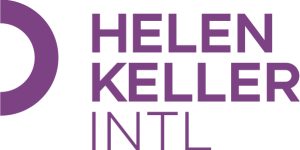Menu
A mixed-methods study examining the effectiveness of transitioning vitamin A supplementation to the routine health care system across 28 districts in Côte d’Ivoire.

To identify lessons learned regarding the routine delivery of vitamin A supplementation (VAS) in Côte d’Ivoire, Helen Keller International studied the effectiveness of VAS delivery in 28 districts where this intervention is provided through the routine health care system.

Regular vitamin A intake among children 6 to 59 months of age helps to control health issues that stem from micronutrient deficiencies. Due to diminished campaign funding, the Côte d’Ivoire government has begun to transition the delivery of vitamin A supplementation (VAS) to district-level routine health care systems.
Previously, door-to-door campaign delivery attained high VAS coverage. Within the 41 districts that had transitioned to routine delivery at the time of this study, VAS coverage frequently falls short of the 80% semesterly coverage goal. Further, minimal data is available to illustrate how to best transition VAS delivery to a routine approach.
View the slides and report for detail on the research methods.

This study assessed the effectiveness of transitioning vitamin A supplementation (VAS) delivery to the routine health care system in 28 districts of Côte d’Ivoire. While study participants characterized the VAS routine delivery model as sustainable, they highlighted the following key areas for improvement…
Scroll down for more key findings.
In Côte d’Ivoire, micronutrient deficiencies are a public health problem. But VAS+D remains a vital intervention for children aged 6 to 59 months: regular vitamin A intake could reduce infant mortality by 24%.